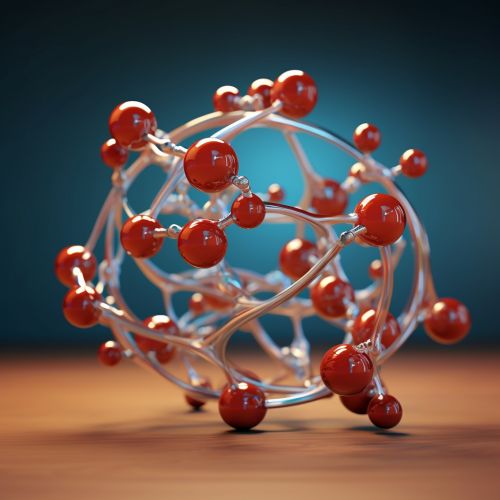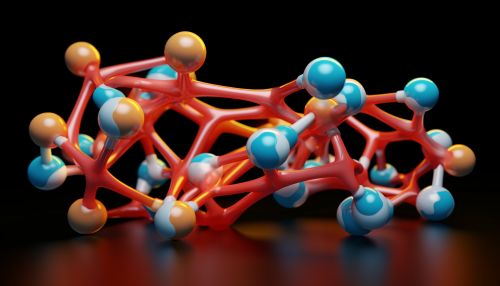The Biological Mechanisms of Animal Adaptation to Extreme Heat
Introduction
The biological mechanisms of animal adaptation to extreme heat are a fascinating area of study within the field of biology. These mechanisms allow animals to survive and thrive in environments that would be inhospitable, if not lethal, to many other organisms. Understanding these mechanisms can provide insights into the resilience and adaptability of life on Earth, and may also have implications for understanding how life might adapt to changing climatic conditions.


Thermoregulation
A key aspect of animal adaptation to extreme heat is thermoregulation, the process by which animals maintain their internal body temperature within certain boundaries, even when the external environment is much hotter. This involves a complex interplay of physiological and behavioral mechanisms.
Physiological Mechanisms
Physiological mechanisms of thermoregulation include metabolic adjustments, changes in blood flow, and sweating or panting for evaporative cooling. For example, many desert animals have evolved to have a higher basal metabolic rate during cooler periods and a lower rate during hotter periods, allowing them to conserve water and energy.


Behavioral Mechanisms
Behavioral mechanisms of thermoregulation include seeking shade, burrowing into the ground, and being active during cooler parts of the day. For example, many desert animals are nocturnal, being active at night when temperatures are lower.


Heat-Shock Proteins
Another important aspect of animal adaptation to extreme heat is the production of heat-shock proteins. These proteins are produced in response to heat stress and help to protect cells from damage. They do this by helping to refold damaged proteins and by preventing the aggregation of proteins, which can lead to cell death.


Water Conservation
Water conservation is also a crucial part of animal adaptation to extreme heat. Many animals have evolved mechanisms to minimize water loss and maximize water intake. These include physiological mechanisms such as highly efficient kidneys, and behavioral mechanisms such as obtaining water from food and minimizing activity during the hottest parts of the day.


Conclusion
The biological mechanisms of animal adaptation to extreme heat are diverse and complex, involving a range of physiological and behavioral adaptations. These adaptations allow animals to survive and thrive in some of the hottest environments on Earth, and provide fascinating insights into the resilience and adaptability of life.
